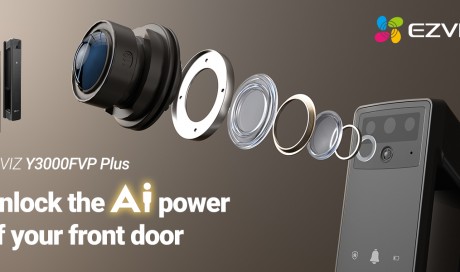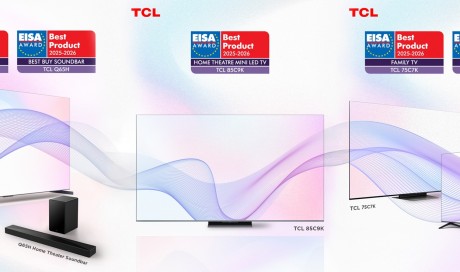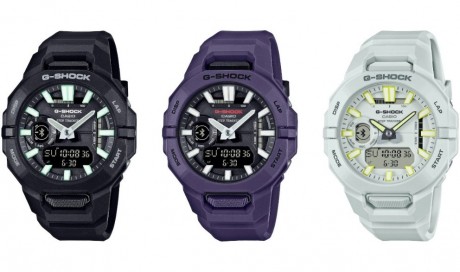Chances are you've had to deal with more than a few unwanted phone calls from telemarketers, robocallers, and Equifax fraudsters . But perhaps you've also seen your phone, when faced with a suspect set of digits, ID the call with a phrase like "Scam Likely" or "Potential Fraud." That spam protection is courtesy of your wireless provider and, if you've got a compatible device and plan, you can take advantage of the data-driven service and spare yourself the interruptions.
You may very well have your own version of spam call protection. It just depends on your wireless carrier. Certain carriers, like T-Mobile and AT&T, offer spam call protection for free, depending on your wireless plan. Others, like Sprint or Verizon, charge for similar spam identification services, bundling it with improved caller ID support under the banner of something like Sprint's Premium Caller ID. Regardless, you'll need a smartphone to enable your carrier's spam call protection features. Depending on the carrier, you might also need to download an app to enable the service, or send a text message to activate it that way.
T-Mobile's Scam Block service automatically blocks suspected spam calls, while Scam ID lets you decide whether or not to answer a suspected robocall. T-Mobile ONE customers should already have Scam ID and Scam Block enabled, while T-Mobile's postpaid customers can activate it themselves by calling #664# (you can check if the services is enabled by dialing #787#).
AT&T customers can enable spam protection on their smartphone by downloading AT&T's Android or iOS app, appropriately titled " Call Protect ." Android users can download the AT&T Mobile Security app instead if they also want to use the company's malware protection service, which includes the same features found in Call Protect. The app will screen and organize calls into categories like Potential Fraud or Telemarketer, letting you decide when to pick up or block them. The app also lets you enable manual call blocking, so you can ghost with the best of 'em.
Sprint customers can sign up for the aforementioned P remium Caller ID service through the Premium Caller ID app, which will run customers an extra $2.99 per month (and $3 per month for prepaid customers, because capitalism, I guess).
Verizon users will also pay a premium for the service, via its Caller Name ID app for iOS and Android. You can manage your subscription and, if you're on an iPhone, block contacts manually. It's $2.99 per month per line, making it a pricey addition to a family plan if you want to secure the whole homestead.
Most spam protection services work by cross-referencing incoming calls with a database of potentially fraudulent phone numbers. T-Mobile's database, for example, relies on a list of "tens of thousands" of numbers known to be associated with scammers while Verizon sources its database from a third-party company. You can report numbers that get through, improving the database and preventing anyone else from getting the same call.
You can always use a paid call-blocking app as well, if you'd rather not deal with your wireless carrier. But hey, if it's free, why not sign up and kick those calls to the curb? On the off chance a telemarketer gets through the call screen, you can always get rid of them by employing a few tried and true tactics straight from the marketer's mouth.
Share This Post















